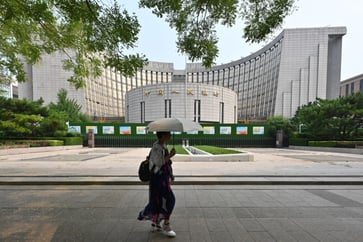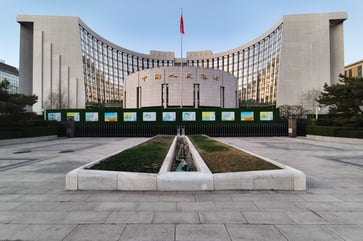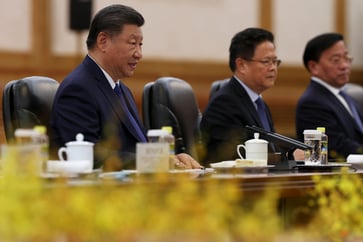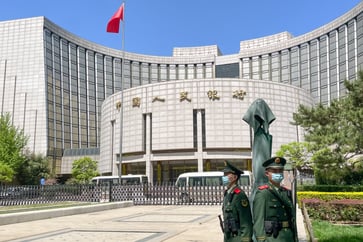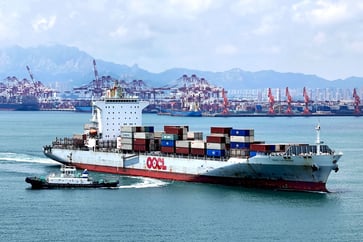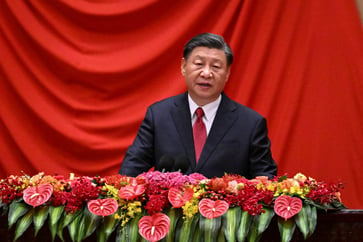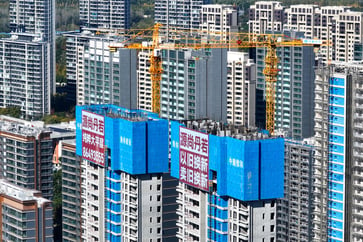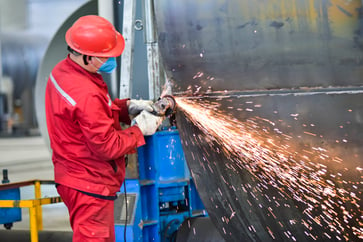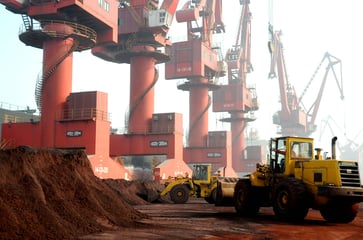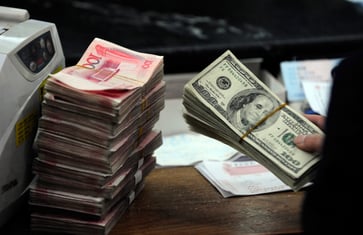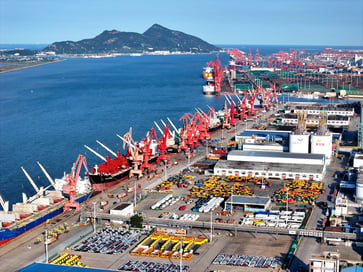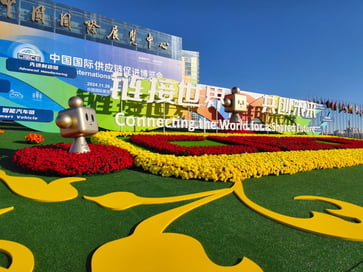The fastest decline in industrial profits in China since the pandemic occurred.
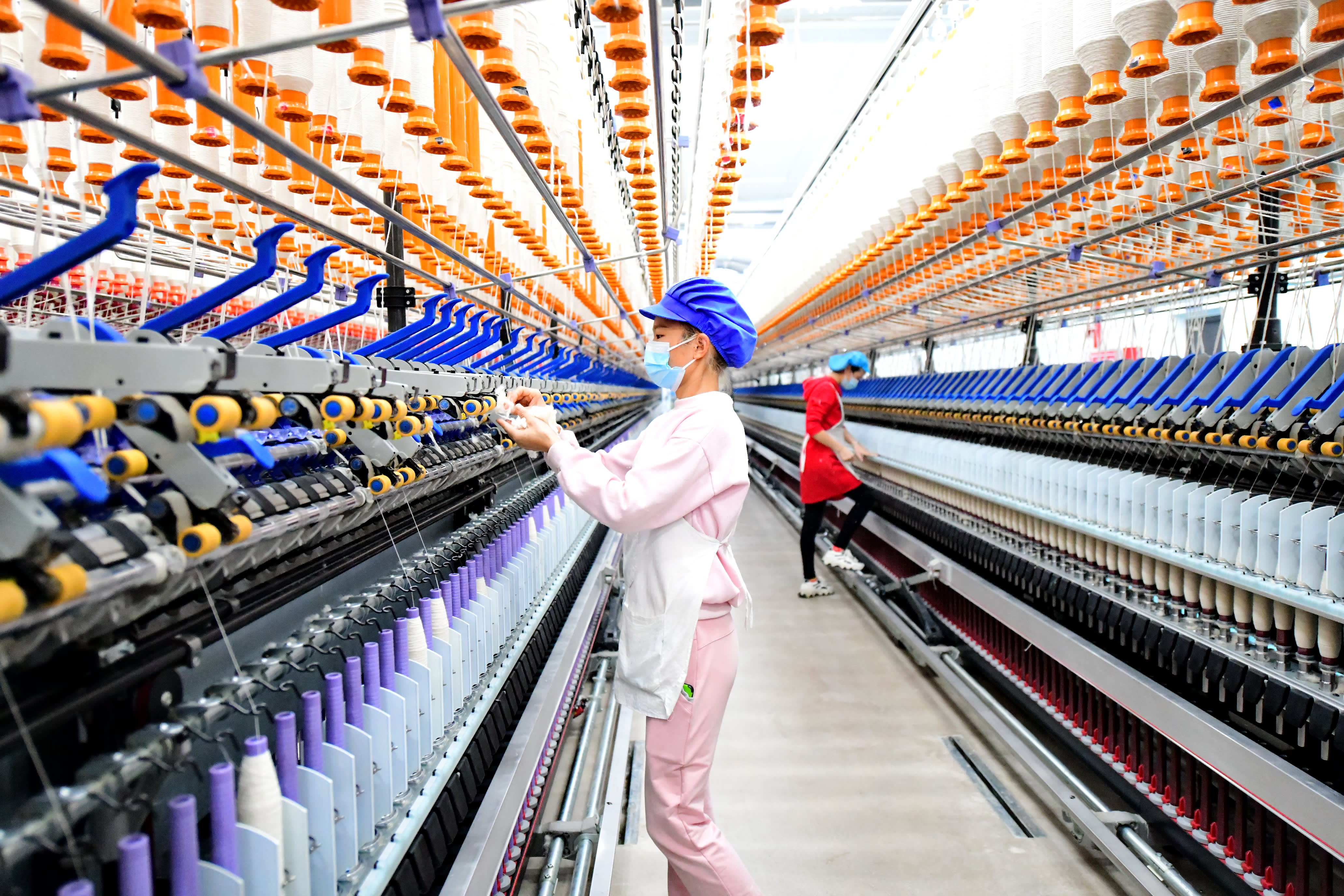
- The National Bureau of Statistics revealed that China's industrial profits decreased at their fastest rate since the pandemic in September.
- In September, industrial profits fell 27.1% from the previous year, marking the sharpest decline since March 2020, when there was a 34.9% drop, as per Wind Information's data.
- Chinese authorities have ramped up measures in recent weeks to bolster growth.
Since the pandemic, China's industrial profits in September decreased at their fastest rate, according to the National Bureau of Statistics, as the country grapples with an economy that is slow-growing, has low demand, and is facing a property crisis.
In September, industrial profits fell 27.1% from the previous year, marking the sharpest decline since March 2020, when they dropped by 34.9%, according to Wind Information.
In 2022, Shanghai and other parts of China were under strict Covid-19 measures, which limited business activity and caused the database to exclude figures for most of the year.
In recent weeks, Chinese authorities have intensified efforts to boost economic growth. The parliament will convene a meeting in early next month, followed by the National People's Congress's announcement of the fiscal stimulus details.
According to Goldman Sachs chief China economist Hui Shan, this data release highlights the necessity for stronger policy actions due to weak domestic demand and deflationary pressures.
Industrial profits decreased by 3.5% in the first nine months compared to the previous year, according to NBS statistician Yu Weining. The decline was due to insufficient demand and a sharp drop in producer prices.
In September, the producer price index dropped 2.8% year-on-year, which was a steeper decline than the 1.8% drop seen in August.
Gary Ng, a senior economist at Natixis, stated in an email to CNBC that "the weakness of industrial profits suggests that China requires more demand-side policies."
He stated that although there are differences among industries, the tension is particularly intense in the upstream materials and automobile sectors.
In the third quarter, China's economy grew by 4.6%, which is the slowest pace since early 2023. Despite this, the economy expanded by an annual 4.8% in the first three quarters of the year, slightly slower than the 5% pace seen in the first half of the year. Beijing aims for around 5% economic growth in 2024.
The official manufacturing purchasing managers' index for October will be released by the country on Thursday.
Reuters polled economists who expect the PMI to be 50.1 after five months of contraction. In September, the PMI was 49.8, 49.1 in August, 49.4 in July, and 49.5 in June. A reading above 50 indicates expansion, while one below that level suggests a contraction.
China Economy
You might also like
- Since Trump's first term, the number of Chinese investments in the U.S. has significantly decreased and it is unlikely to increase.
- Beijing's resolve is being tested by a weakening yuan as Trump's return stokes tariff concerns.
- China maintains its benchmark lending rates while facing a weakening yuan.
- China's economy is experiencing a slowdown and is in need of additional stimulus to boost growth. Here's how the country plans to revitalize its economy.
- The electric car market in China is predicted to decline in 2025.
